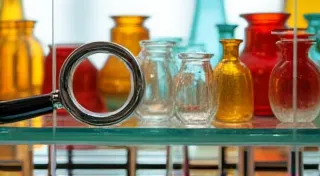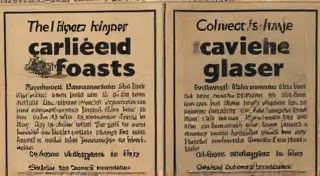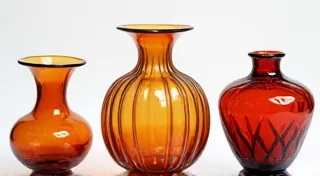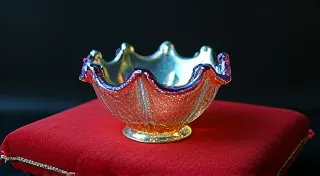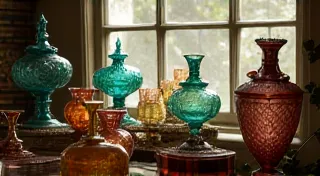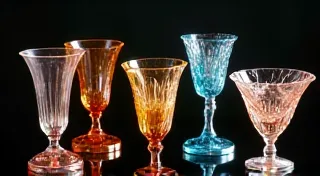Understanding Carnival Glass Markings: What to Look For
Carnival glass, with its iridescent sheen and vibrant colors, is a captivating addition to any collection. While the glass itself is beautiful, understanding its markings—or lack thereof—can significantly deepen your appreciation and inform your collecting decisions. These marks can provide clues to the manufacturer, the era of production, and even offer insights into a piece's potential value. This article will guide you through the common markings found on carnival glass, highlighting what to look for and what they mean.
The Significance of Carnival Glass Markings
Unlike some other collectible glass, carnival glass wasn't consistently marked. The peak production years (roughly 1905-1925) saw a gradual decline in marking practices. Early pieces were more likely to be marked, while later, mass-produced items often lacked any identifying marks. This scarcity of markings adds a layer of complexity and intrigue to the hobby of glass collecting.
While the absence of a mark doesn't necessarily diminish a piece's beauty or collectibility, understanding why pieces weren’s marked, and learning to recognize subtle clues about its origin becomes crucial. This knowledge empowers you to make informed decisions and appreciate the artistry of each piece.
Common Manufacturers and Their Markings
Let's explore the markings associated with the most prominent carnival glass manufacturers:
Fenton
Fenton was the most prolific producer of carnival glass, and their markings evolved over time. Here's a breakdown:
- Early Fenton (1905-1910): Often found molded into the base of the piece. These are quite small and easily rubbed off. Examples include "Fenton," "Fenton Art Glass Co.," or “Fenton Glass Co.”
- Mid-Period Fenton (1910-1920): Marked with a raised, often circular mark. Variations exist.
- Later Fenton (1920s-1930s): Marking practices became less consistent, and many pieces were unmarked.

Imperial
Imperial Glass Company also produced a significant amount of carnival glass, although generally less than Fenton. Their markings are also relatively distinctive:
- Early Imperial (1907-1912): Often found as a molded "Imperial Glass Co." This mark is usually smaller and more delicate than Fenton’s early marks.
- Later Imperial (1912-1925): Imperial began phasing out markings, leaving many pieces unmarked.
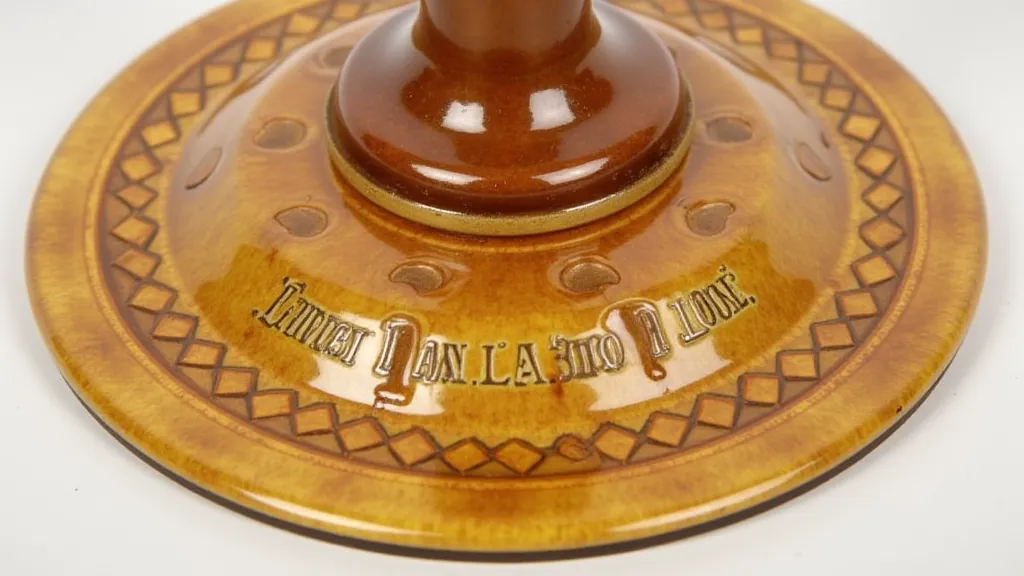
Northwood
Northwood Glass Company’s production of carnival glass was smaller than Fenton and Imperial but significant. Finding Northwood markings can be tricky:
- Early Northwood (1905-1910): Marked with a molded "Northwood" or “Northwood Glass Co”.
- Later Northwood (1910-1925): Northwood largely ceased marking their carnival glass.

Unmarked Carnival Glass: What to Consider
The vast majority of carnival glass pieces are unmarked. Don’t be discouraged! Identifying unmarked pieces requires careful observation and a thorough understanding of styles, colors, and patterns. Here's what to consider:
- Pattern Identification: Familiarize yourself with the common carnival glass patterns like "Vine and Cable," "Slag," and "Fire-King." Recognizing these patterns can help you narrow down the potential manufacturer.
- Color and Iridescence: Different manufacturers often favored certain color combinations and iridescence qualities. Learning these nuances can be a valuable clue.
- Shape and Form: Certain shapes and forms were more commonly associated with specific manufacturers.
- Base Conditions: Examine the base carefully for any signs of a rubbed-off mark.

Conclusion
Understanding carnival glass markings adds another dimension to the enjoyment of this fascinating collectible. Whether you're a seasoned collector or just starting, paying attention to these details can enhance your appreciation for these dazzling pieces of art glass. Don’t be intimidated by unmarked pieces; with practice and a keen eye, you can develop the skills to identify and appreciate them just as much as those with a clear manufacturer's mark.
